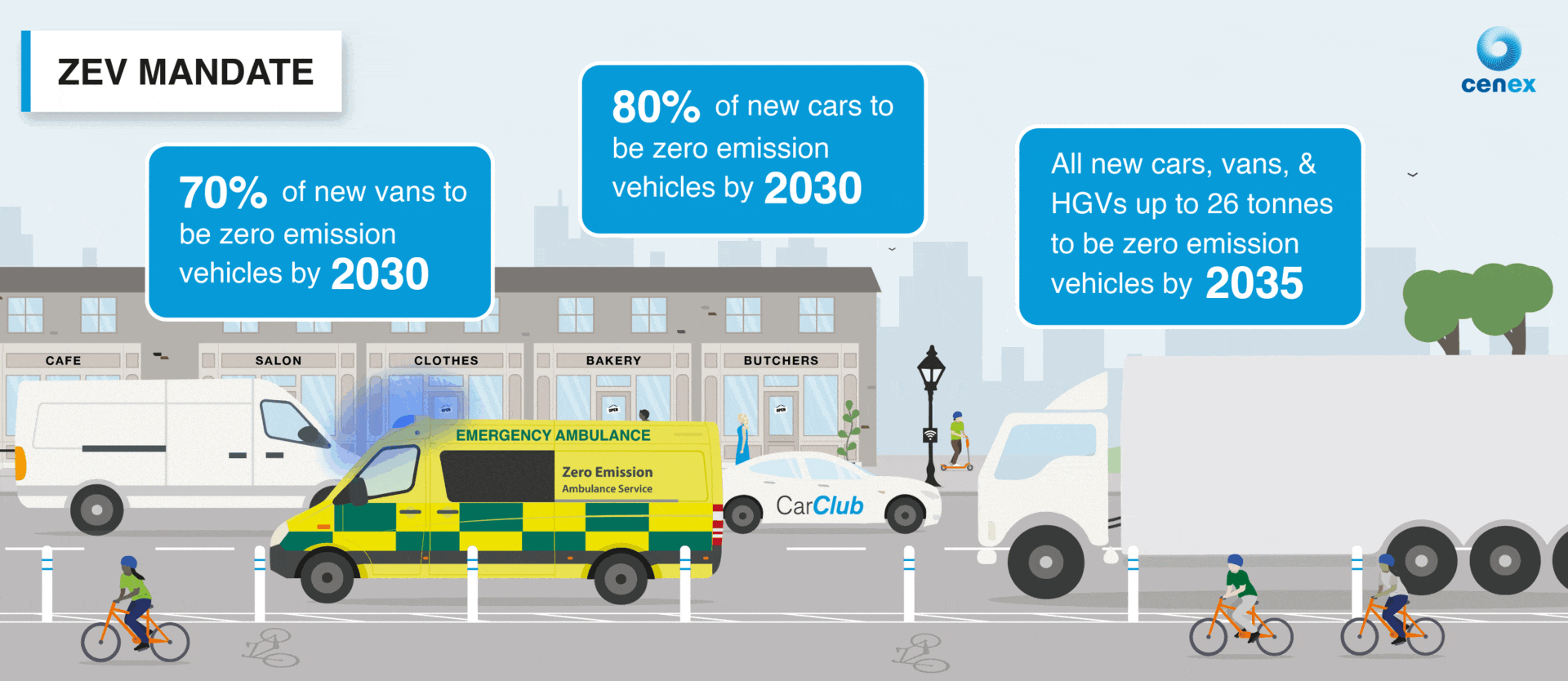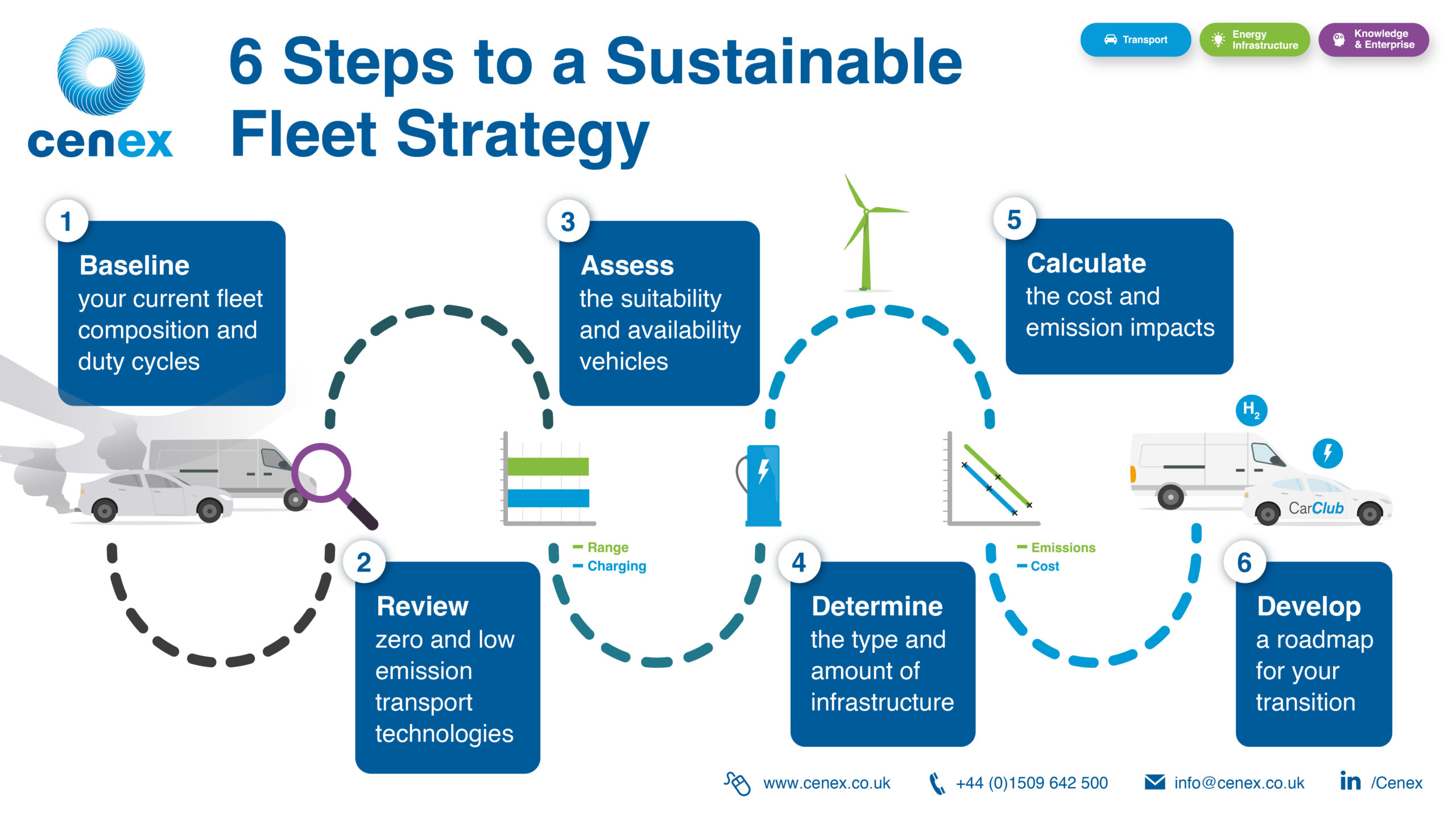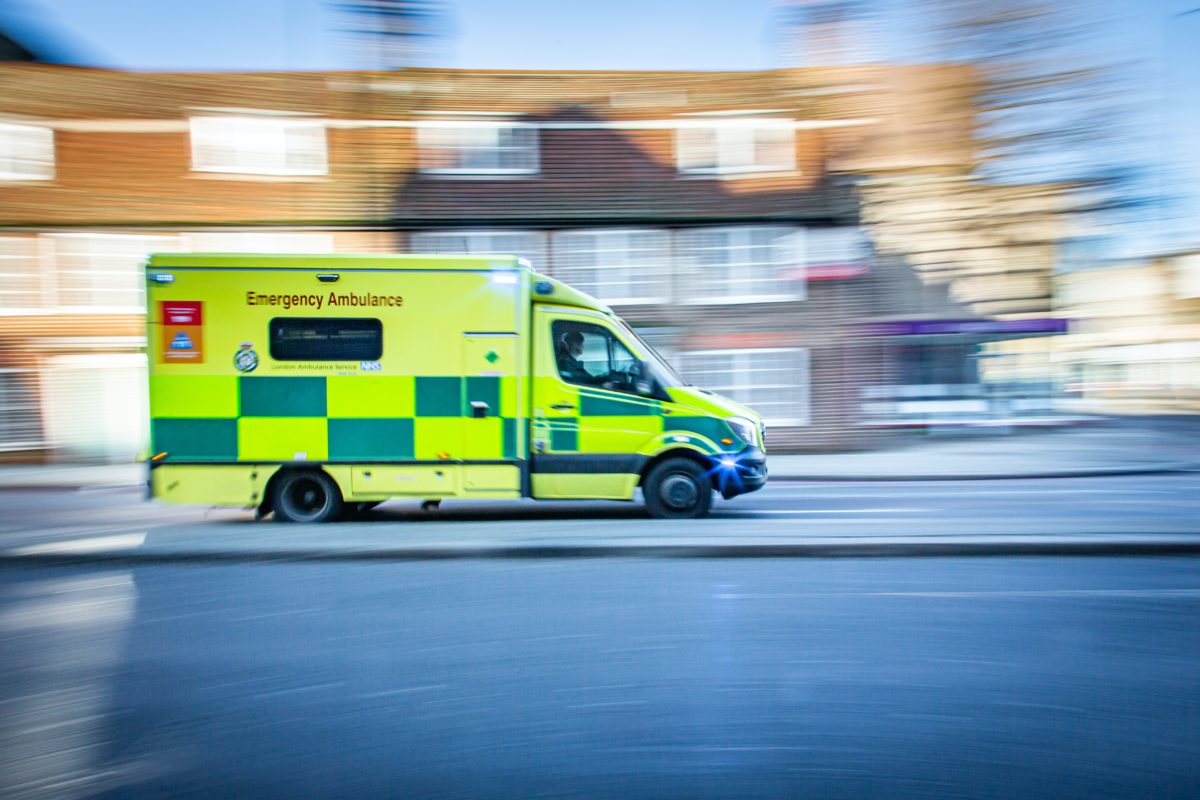
Helping Emergency Fleets Reach Net Zero
What challenges do you face?
As part of the UK Government’s plans to decarbonise road transport all new cars, vans, and heavy goods vehicles up to 26 tonnes sold in the UK must be zero emission at the tailpipe from 2035[i], with the Zero Emission Vehicle Mandate requiring 80% of new cars and 70% of new vans to be zero emission vehicles by 2030[ii]. To meet these targets, vehicle manufacturers have invested billions into developing new zero emission vehicles with several aiming to become ‘electric only’ brands by 2030.
As such, it is only a matter of time before emergency service fleets must be prepared to transition to battery electric vehicles and the associated electric vehicle charging infrastructure, and potentially to hydrogen fuel cell electric vehicles for part of the fleet should hydrogen vehicles and refuelling stations become a viable alternative by the 2030s.
Transitioning to zero emission vehicles and infrastructure can be particularly challenging for emergency service fleets for a variety of reasons:
- Emergency response vehicles are in use 24/7 and need to be readily available.
- Emergency response vehicles are specialist conversions that need to be capable of carrying the people and equipment required.
- Emergency service fleets cover large geographical areas across lots of sites and only return to base for brief breaks and handovers.
- Additionally, each emergency service has its own unique challenges:
- Police forces use high performance cars and SUVs for some duty codes that involve pursuing other vehicles or using a range of tactical options.
- Ambulances are converted large vans with auxiliary systems to power lights, communications, medical equipment, and air conditioning in the cabin and patient compartment.
- Fire and rescue services use specialist heavy goods vehicles like type-b fire appliances that need to be capable of pumping water continuously for extended periods.
How can we help you?
- Vehicles – zero emission vehicle fleet transition planning (fleet baselining, operational suitability, infrastructure requirements, total cost of ownership, emissions savings potential, fleet transition roadmap, costs, and action plan)
- Infrastructure – site by site, vehicle by vehicle infrastructure planning and optimisation
- Sites – site assessment, power supply capacity review, DNO engagement and budget estimates
- Business Case – Strategic Outline Case (SOC), Outline Business Case (OBC), and Full Business Case (FBC) support using the Five Case Model (Strategic Case, Economic Case, Commercial Case, Financial Case, and Management Case)
- Procurement – minimum technical specifications for zero emission vehicles and infrastructure, due diligence, and best practice guidance
- Trials – trial design, management, monitoring and reporting for zero emission vehicles and infrastructure
- Stakeholder Engagement – stakeholder mapping, requirements capture, interviews, workshops, and tailored action plans
- Tools – decision-making tools e.g. zero emission vehicle availability, range calculators, total cost of ownership model and emissions savings calculators etc.
So, where do you start?
Developing a fleet strategy can be challenging and time-consuming. We have created a six-stage guide to assist you in transitioning your fleet to net zero and achieving your sustainability goals.
Here are some Top Tips for Electrifying your Emergency Fleets
Useful Resources
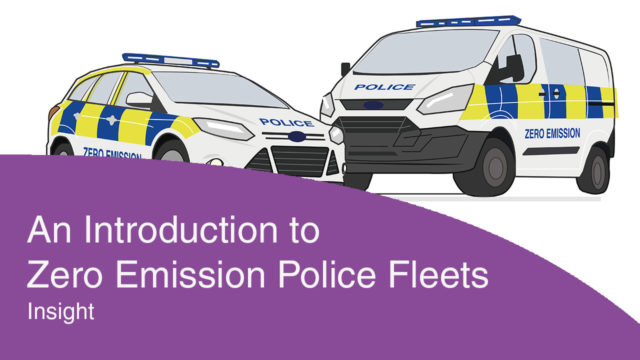
An Introduction to Zero Emission Police Fleets
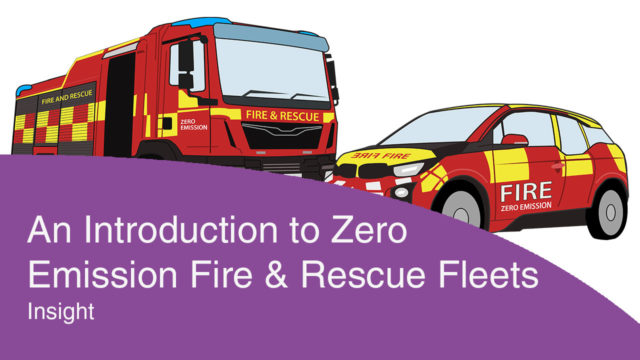
An Introduction to Zero Emission Fire & Rescue Fleets
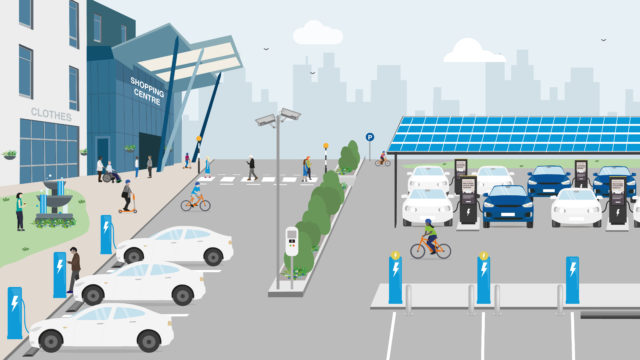
Zero Emission Fleet Transition Tool


